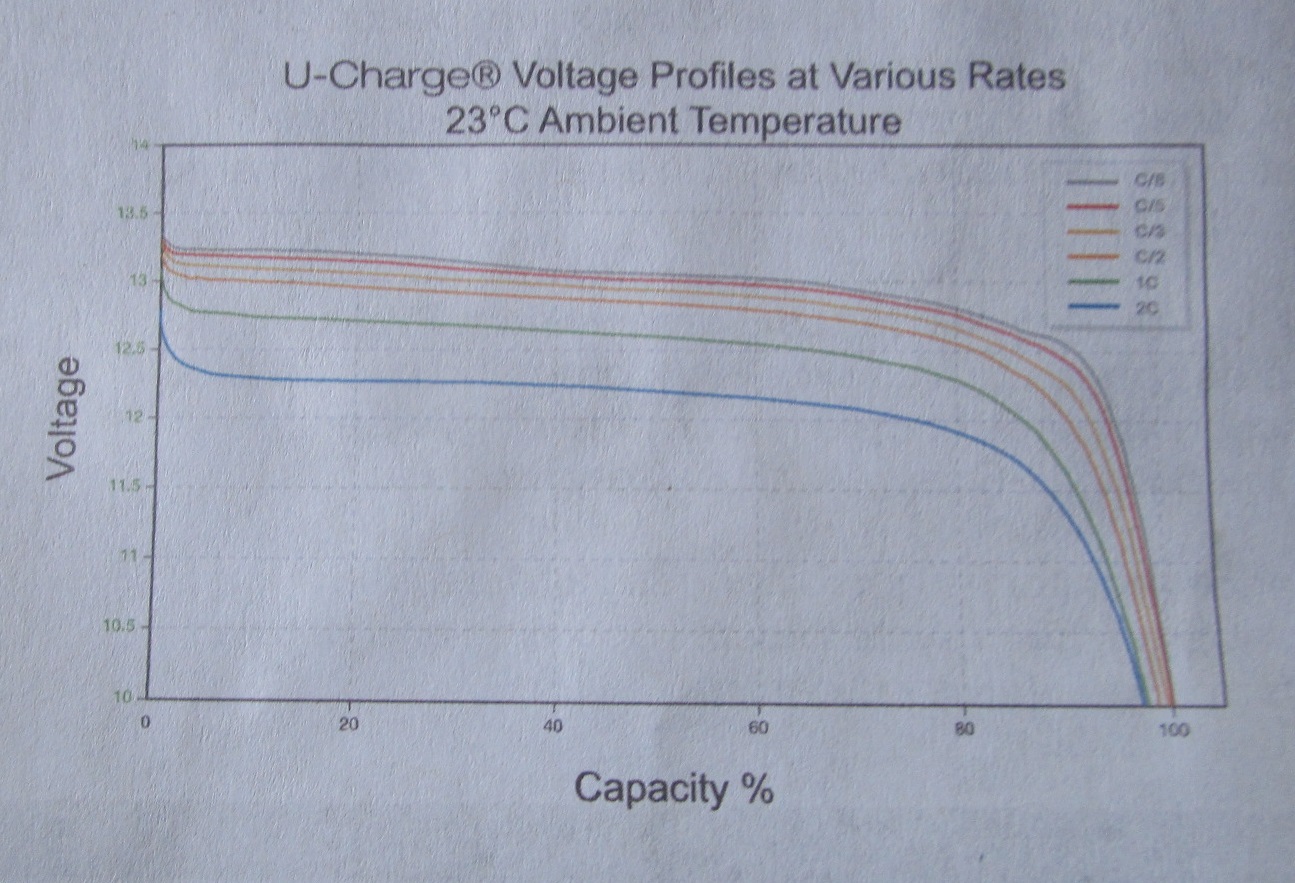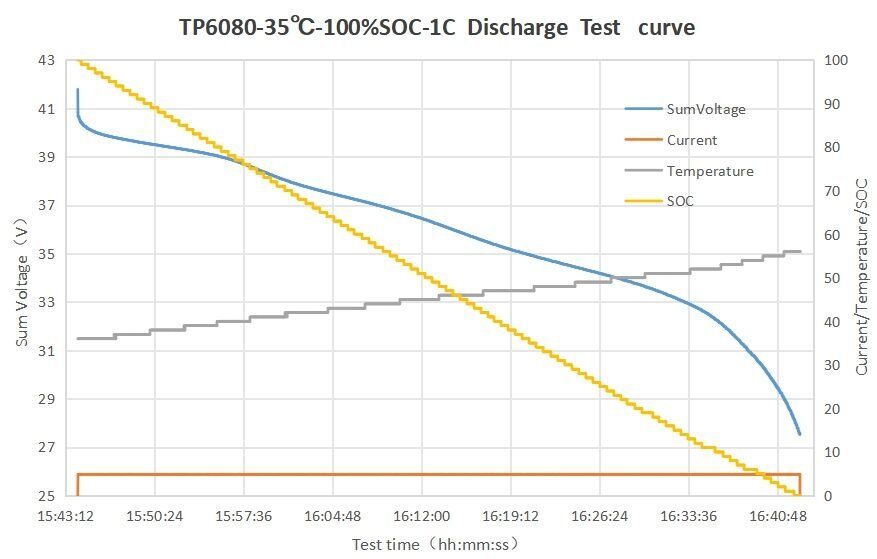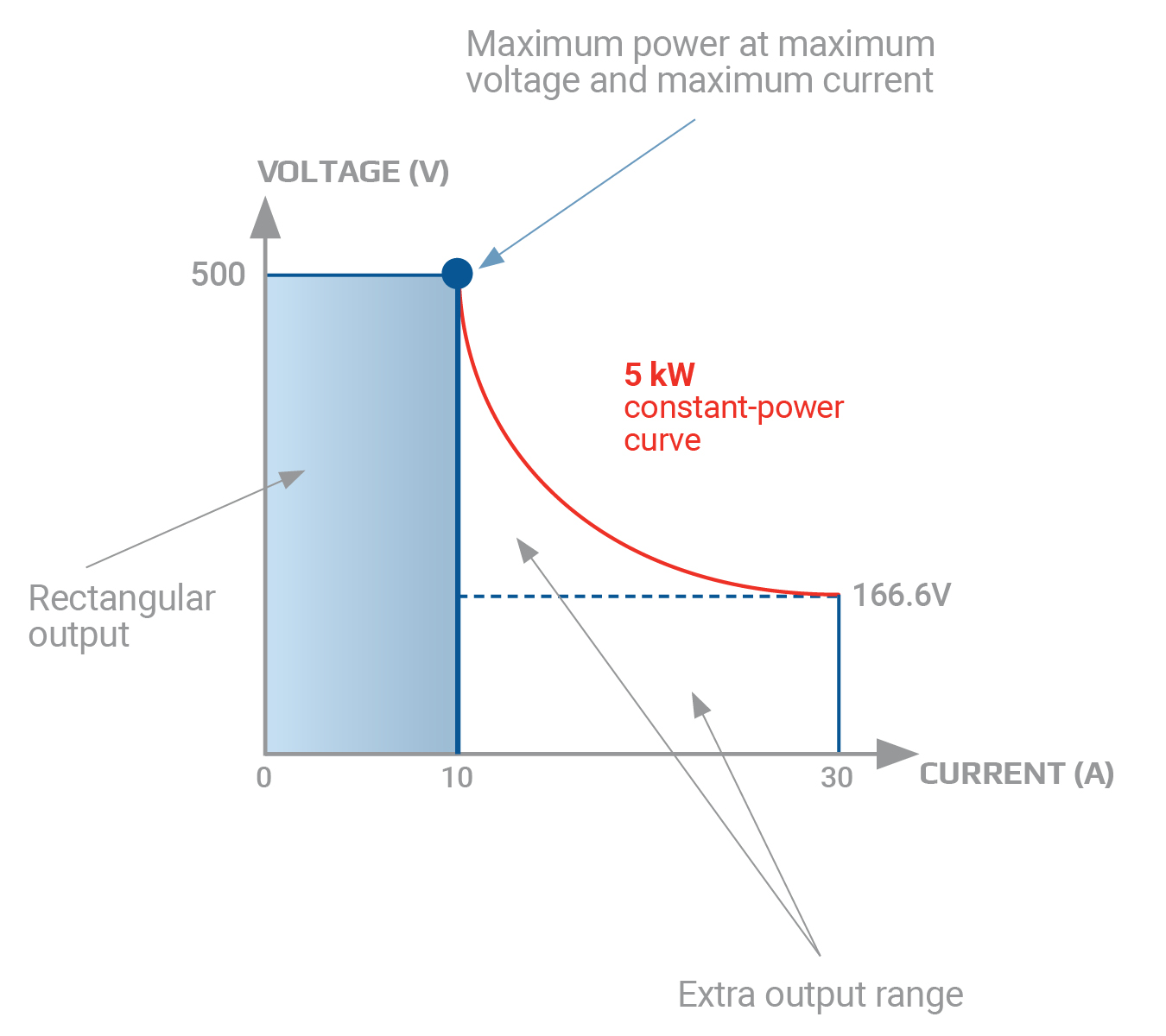Alright folks, let’s get into this LV curve testing thing. I know it sounds super technical, but honestly? It’s just about seeing how a battery behaves when you poke it with different loads. Kinda like figuring out how strong your coffee is by adding different amounts of milk. Strap in.

So Why Bother? My Power Bank Died
Right, so this whole adventure started because my favorite portable charger decided to quit on me halfway through a hike last month. Totally dead, wouldn’t hold charge. Annoying. I got curious – how do you actually know if a battery is toast or just faking it? That’s when I stumbled on this LV curve thing. Everyone kept saying “just test the LV curve” like it was obvious. Spoiler: it wasn’t.
My First Confused Shopping Trip
Okay, needed gear. A quick search said I needed a “load tester” and a multimeter. Sounded expensive. Walked into this electronics shop downtown, looking like a lost puppy. Told the guy behind the counter I needed to “test a battery load voltage curve thing”. He just blinked slowly. Got myself:
- A basic multimeter (the cheap yellow one everyone has)
- A clunky looking box with dials labeled “variable DC load” (way heavier than I expected)
- Some wires with crocodile clips (ended up looking like spaghetti later)
- A fresh 18650 battery to practice on (didn’t wanna fry my good stuff yet)
Total cost? Made my wallet feel lighter, that’s for sure.
The Messy Setup Phase (Cue Swearing)
Back at my messy desk. Grabbed the new battery, my shiny gear, and tried to connect everything. Red wire to red? Black to black? Should be simple, right? Wrong. Hooking up the variable load to the battery looked easy in diagrams. Real life? The crocodile clips slipped off constantly, wires tangled, and I managed to briefly short the positive and negative with a spark that made me jump. Took three tries just to get a solid connection without sparks flying. Not my finest hour.
Turning Knobs & Panicking Slightly
Finally connected. Deep breath. Started the multimeter, set it to measure volts. Turned the big knob on the load tester thing… veeerrry slooowly. Watched the numbers on the multimeter drop as I cranked the load higher. Felt like turning up the volume on a bad speaker. At the lowest load (barely any power being sucked out), the voltage looked normal. As I cranked it up? That voltage number fell faster than my motivation on a Monday. Kept jotting down numbers like mad:

- Low load setting: Voltage looked healthy, say 3.7V
- Medium crank: Voltage sagged to like 3.2V
- High crank (the battery working hard): Dived below 3.0V! Fast!
Got nervous the battery would vent or something. Yanked the load back down fast. My practice battery survived, thankfully.
Plotting the Mess (A Scatterplot Kinda Day)
Stared at my scribbles. Load (amps) on one side, voltage on the other. Time to plot it out old school – grabbed paper and a pencil. Drew axes. X for the load pulling juice, Y for the voltage it showed under that pull. Started placing dots for each reading. Light load voltage? Dot high up. Heavy load voltage? Dot way lower. Connected the dots with a shaky line. Boom. There it was – my first LV curve! Looked like a ski slope going downhill.
The curve showed me exactly how much that battery’s voltage drooped when I asked it to work. Healthy battery? Gentle slope. My dead power bank later? Looked like a cliff edge. Steep, quick drop even on light loads. Now I knew why it sucked.
What Did I Actually Learn? (Besides Swear Words)
The “LV Curve” is really just a picture of the battery’s “strength”. That downward slope tells you how well it holds its “chargey stuff” under stress. A gentle dip? Solid battery. A steep nosedive? Battery’s tired, weak, or just plain broken. It’s a stress test. The harder you make it work (more load), the more the voltage drops. How much it drops and how fast it drops shows you the battery’s health.
Doing It Easily? Well…
“Easily”? Hah! Took patience, careful turning of knobs to avoid fireworks, and untangling wires. But the idea is dead simple: Hook up, increase load steadily, write down voltage readings, and draw the line. The gear helps you do it safely and precisely. It’s not magic – it’s just a careful way to see if your battery still has fight left in it. My dead power bank failed the test miserably. The new one? Gentle slope. Feels good knowing.

It’s fiddly, sure, but way less mysterious after doing it yourself. Grab an old battery, be careful with the wires, and give it a poke. You might surprise yourself.


